With our busy lives and demanding schedules, who really has the time to thoroughly check the tires on their vehicle to see if they need replacing? Of course, if you have a mechanic check your vehicle periodically, they will most likely tell you if the tires need to be changed. If it’s been a while, you’ll want to check out these 5 ways to determine if you need new tires.
WeatheringWeathering is a major factor for the tires on your vehicle. They are endlessly exposed to the elements (heat,cold, snow, ice and water). Because rubber is a natural material and will break down over time, you need to be aware of the potential signs of weathering. Common indicators are fine cracks in the sidewall and in between the tread blocks. If you do discover these cracks (which will expose the internal materials of the tire to the elements), your tires should be replaced immediately to prevent any damage or issues with your vehicle.
This usually occurs in a tire after a substantial impact with a pothole or a curb. Manufacturer defects can also cause this issue, but are less common. A bulge is caused by air getting between the inner liner of the tire and the outer material layers (fabric, metal or rubber), resulting in an air pocket to form at the weakened area. If this is not addressed, the bulge could rupture cause serious damage and/or injury.
Vibrations are an indicator of various tire problems from tire balancing to out-of-round issues. One major tire problem that can cause a vibration is when the ‘belts’ or inner cords of the tire separate or shift. Although this is not visible to the naked eye it becomes abundantly clear when the tire is mounted to a balancing machine. The driving feel with a separated tire is described as lumpy at low speeds which becomes a very high frequency vibration at highway speeds.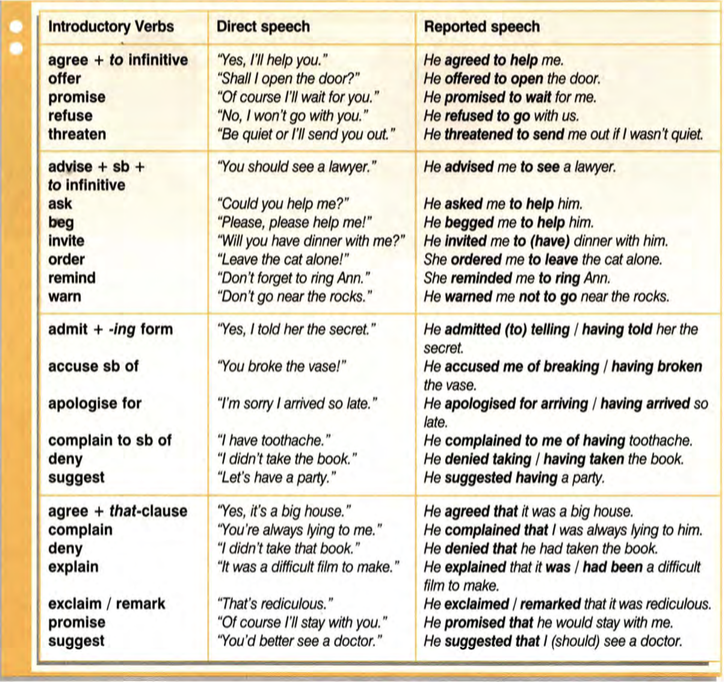 A tire with these issues needs to be replaced.
A tire with these issues needs to be replaced.
At what point is a tire considered worn out? The actual measurement of a tire that has exceeded its usable life is 2/32nds of a inch. If you have a tread depth gauge great, just check you tires; If not, here’s a simple test you can perform to see if your tires need to be replaced.
- Place a penny in the tire tread at various locations around the tire with the Queen’s head facing down.
- Check to see if any part of the Queen’s head is visible
- If it is, you have 2/32nds or less of tread depth remaining and need to replace your tires.
Tire age ties into a couple of the previously mentioned issues, but is also affected by the date they were manufactured. Typically, most tire manufacturers recommend tire replacements at 5 or 6 years with an absolute replacement timeline of 10 years regardless of tire condition or tread depth. Your tires have a date stamp on the sidewall that indicates the week and year the tire was manufactured. Use this stamp to assess the age and timeline for replacement of your tires.
Your tires have a date stamp on the sidewall that indicates the week and year the tire was manufactured. Use this stamp to assess the age and timeline for replacement of your tires.
How to decode the information on a Tire Sidewall
Warning: if you ever see exposed inner tire materials such as metal or fabric cords from the tread or sidewall of your tire, replace them immediately. Exposed materials greatly increase risk of tire blowout or rapid air loss. Your tires should be inspected and rotated frequently to help prolong their service life. Tires should always be replaced as a set of 4 in all-wheel drive or 4-wheel-drive vehicles and at minimum as a pair in two-wheel drive vehicles (front or rear drive). It is advisable that all four tires have uniform amounts of tread depth remaining.
Follow Wheels.ca on
Instagram #wheelsca
For over 15 years, George Angelopoulos has been involved in the automotive industry in one form or another. Initially, he worked as a mechanic at an Italian automotive restoration shop before returning to school to study graphic design. He has combined his love of cars and design in his current job; and when he’s not designing for Wheels.ca, you can find him spinning wrenches on his muscle car or at Canadian Tire Motorsports Park (Mosport) getting his fill of the on track action. A true gear head and lover of all things automotive, cars will always play major part in his life.
Initially, he worked as a mechanic at an Italian automotive restoration shop before returning to school to study graphic design. He has combined his love of cars and design in his current job; and when he’s not designing for Wheels.ca, you can find him spinning wrenches on his muscle car or at Canadian Tire Motorsports Park (Mosport) getting his fill of the on track action. A true gear head and lover of all things automotive, cars will always play major part in his life.
SHARE:
REPORT AN ERROR
JOURNALISTIC STANDARDS
ABOUT WHEELS.CA
Do you know when to replace your tires? The good news is gauging the health of your tires isn’t as complicated as you might think. In most cases, figuring out when it’s time for a tire replacement only requires a quick look with a keen eye and maybe the help of a copper penny. You need to know what portions of the tires to look at and what the key tire replacment indicators are. In this guide, we will provide you with all the knowledge you need to accurately assess your tires, determine if they need to be replaced and when, as well as some tips for picking new ones!
In this guide, we will provide you with all the knowledge you need to accurately assess your tires, determine if they need to be replaced and when, as well as some tips for picking new ones!
Here are the three key concerns related to tire replacement:
In this tire replacement guide, we’ll answer these questions and beyond so that you can feel confident you’re replacing your tires with the best choices for your driving needs, local climate and vehicle safety.
The most common question people ask is “How often should you replace your tires?“
Generally, there are two different factors that impact when to replace tires: wear and age.
Tire Wear: All tires eventually begin to experience wear. How the tire wears can be a indication of an issue with your alignment or tire pressure.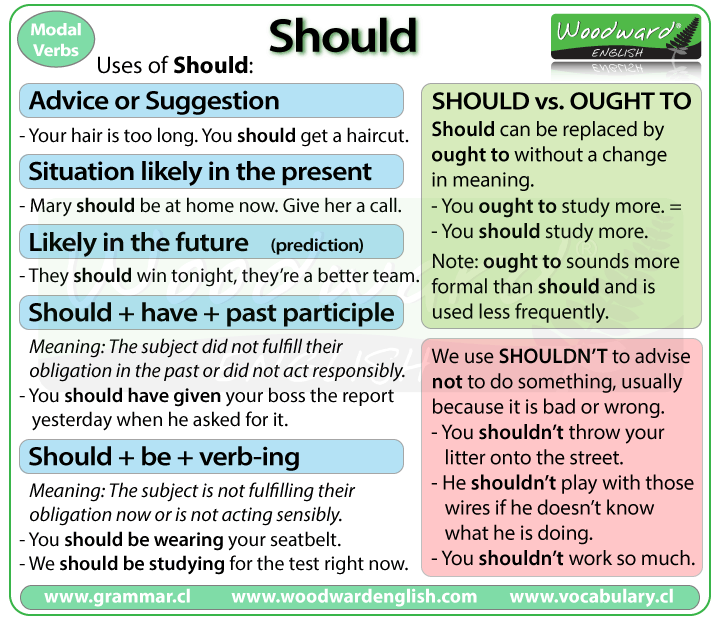 Tire tread should wear evenly across the whole tire rather than on the inside or outside of the tire. The wear on your tires will happen regardless of how good of a driver you are, although it can be accelerated if you don’t take proper care of the tires.
Tire tread should wear evenly across the whole tire rather than on the inside or outside of the tire. The wear on your tires will happen regardless of how good of a driver you are, although it can be accelerated if you don’t take proper care of the tires.
Tire Age: Tire aging occurs when components of the tire, including the rubber, begin to change over time. This can happen due to environmental impacts and storage conditions, as well as the amount of usage the tire sees when being driven, or the tire sitting with no use.
Image Source: FIHSMV
Of course, unless you’re a tire expert, it can be difficult to know exactly when tire wear and age indicate that a tire is no longer safe to drive and needs to be replaced. If you’re wondering, “How do I know when my tires expire? “ A better question is “How old are my tires and when should I change them?” To answer that question, it’s time to learn how to read your tires!
Every tire has an indication that states when it was made, down to the week and year.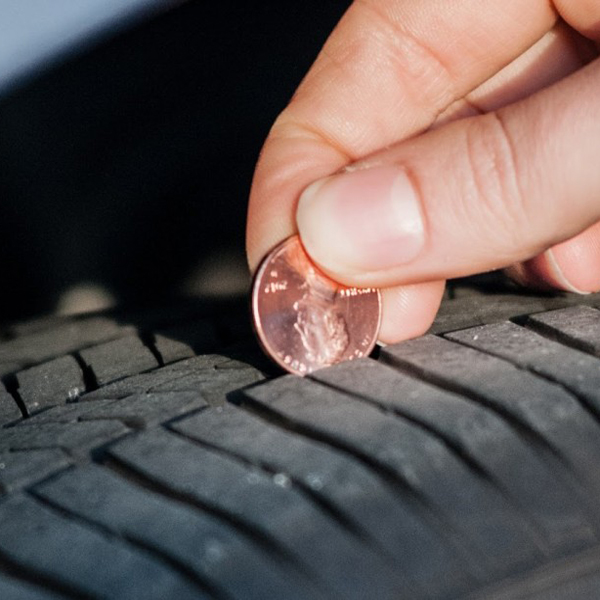 This can help you answer the question: how often you should change your tires – even if you’re not an expert on the subject.
This can help you answer the question: how often you should change your tires – even if you’re not an expert on the subject.
Industry standards say you should replace passenger and truck/SUV tires on average at 6 years and before 10 years of age. The timing depends greatly on how the tires have been used and the weather extremes it has been subjected to. How a vehicle has been stored can also impact when a tire needs to be replaced. If your tire passes the penny test, and a visual inspection does not show any cracks or damage, but the tire is 6-10 years old, the wisest course of action is to have them inspected by a tire shop to determine if you need to consider replacing them.
Knowing how often to replace tires isn’t just about taking good care of your vehicle and preventing expensive mistakes. Tires are an extremely important part of your vehicle’s safety.
Worn or old tires can lead to a variety of problems, including:
Additionally, uneven wheel alignments and balance problems will not only cause irregular and premature tire wear, they can cause expensive problems for your vehicle, leaving you dealing with a hefty car repair bill in the future.
Each year, roughly 11,000 tire-related wrecks occur on the road. Don’t blow off tire maintenance as something only “car people” do. Every driver on the road should are about the health and safety of their passengers and vehicles.
Many people ask “How long do tires last on average?“
The problem is, there’s not a set answer to that question – due to the variety of factors that can lead to a necessary tire replacement. These factors include:
Every driver faces different conditions and cares for their cars differently. The bottom line is that you need to be aware of your own driving habits, environment, and tires to ensure you’re replacing your tires when necessary.
The bottom line is that you need to be aware of your own driving habits, environment, and tires to ensure you’re replacing your tires when necessary.
The following tips will show you how to tell if tires are worn and need to be replaced soon. Although it is always best to seek professional help with tires, these signs will indicate that you should begin researching new tires for your car.
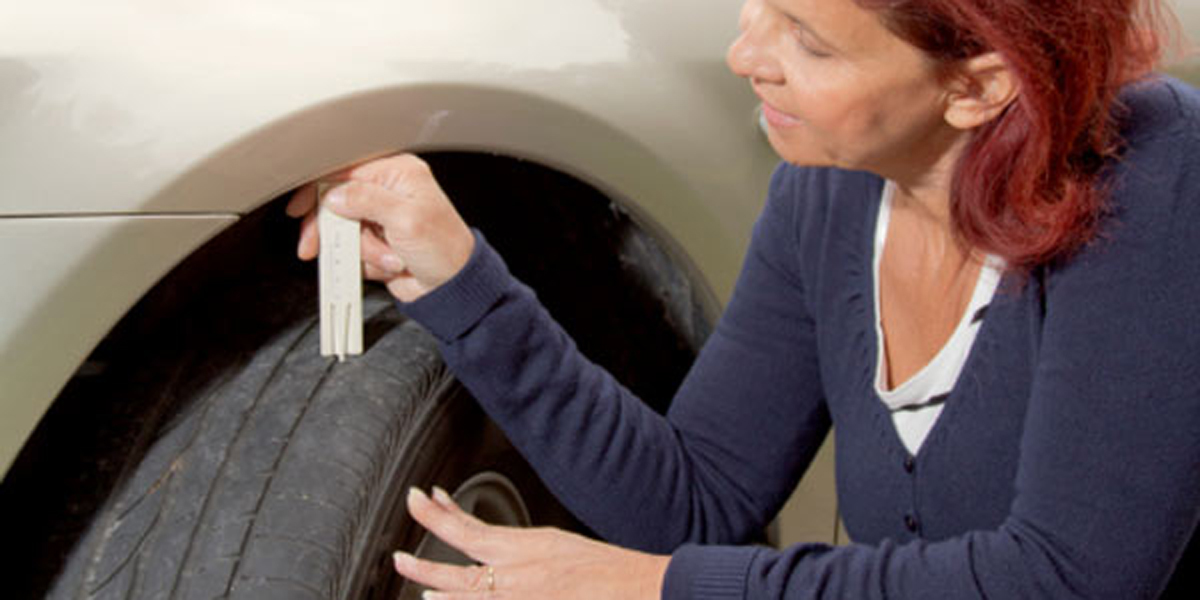 Any tires with sidewall bulges or bubbles should be replaced immediately, even if the tread status is acceptable.
Any tires with sidewall bulges or bubbles should be replaced immediately, even if the tread status is acceptable. Obviously, if something is lodged in the tire, the issue needs to be addressed immediately. Even if the hole isn’t causing excessive leaking, ignoring a hole from something like a nail can lead to problems for the driver later on. Moisture can leak into the tire, causing the steel parts to rust. Lodged items can weaken the area of the tire and possibly lead to dangerous blowouts if not dealt with in a timely manner.
Obviously, if something is lodged in the tire, the issue needs to be addressed immediately. Even if the hole isn’t causing excessive leaking, ignoring a hole from something like a nail can lead to problems for the driver later on. Moisture can leak into the tire, causing the steel parts to rust. Lodged items can weaken the area of the tire and possibly lead to dangerous blowouts if not dealt with in a timely manner.After you have figured out when to change tires, you’ll find that selecting replacement tires a bit of a process. You’ll need to start by assessing your driving habits, the types of terrain and seasons you will be driving in, to determine what you need in a tire. You should also evaluate how well you feel your current tires performed in longevity, handling, ride, noise and any other category you have noticed.
You’ll need to start by assessing your driving habits, the types of terrain and seasons you will be driving in, to determine what you need in a tire. You should also evaluate how well you feel your current tires performed in longevity, handling, ride, noise and any other category you have noticed.
After that, you’ll be able to match your driving style to the perfect tire type. To help jumpstart your research, here are a handful of the most popular tire categories, seasonal applications, and the features that make them great fits for particular drivers’ needs.
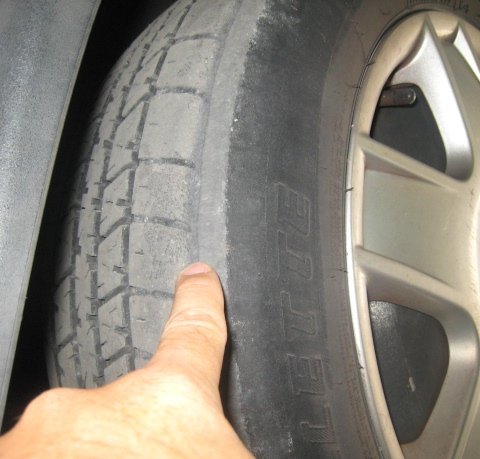
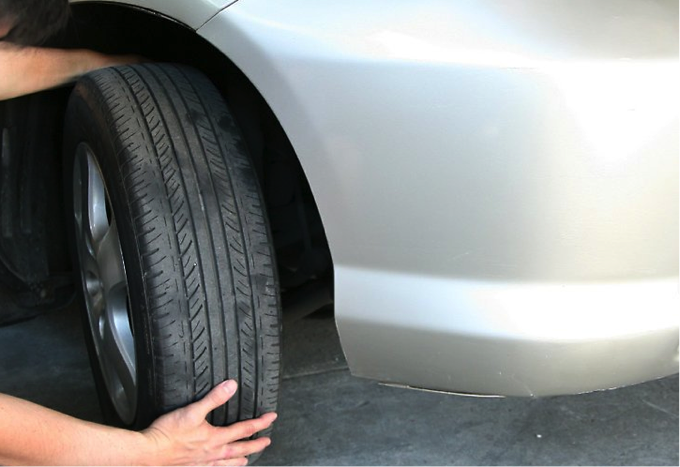 They can be driven in both the summertime and the wintertime.
They can be driven in both the summertime and the wintertime.Before you decide which tire you need, think about what kind of driving you do.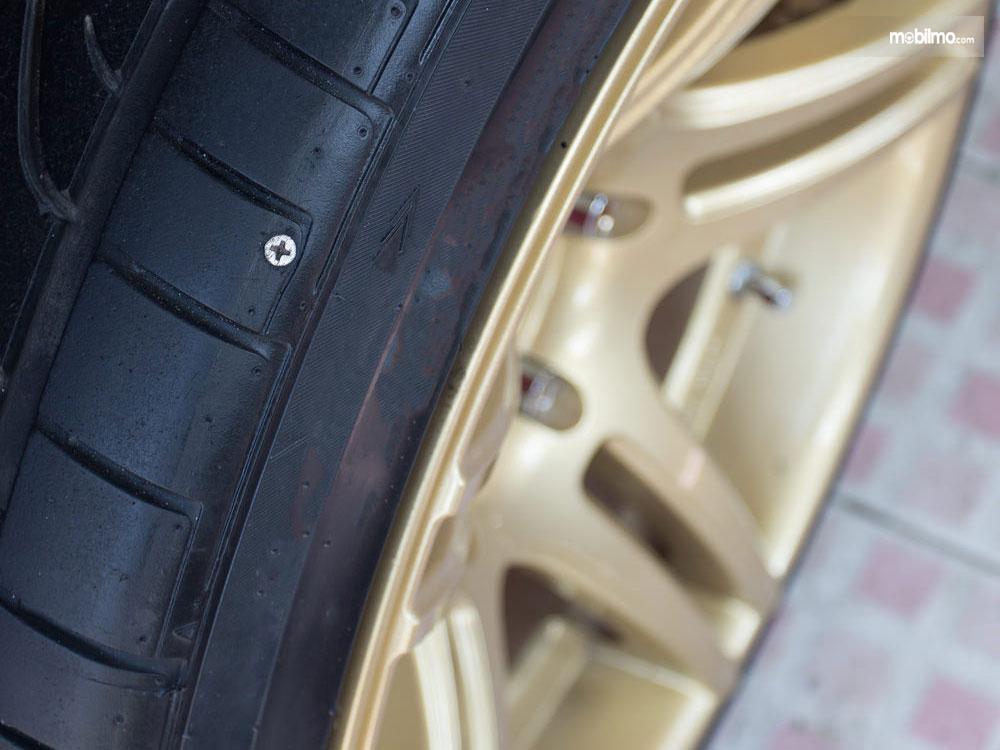 If you drive primarily on the highway and city streets, you may need a highway or touring tire. On the other hand, if you typically drive on back roads AND need on-pavement capability, an all-terrain might be your best bet.
If you drive primarily on the highway and city streets, you may need a highway or touring tire. On the other hand, if you typically drive on back roads AND need on-pavement capability, an all-terrain might be your best bet.
If you face severe winter weather during certain points of the year, you will likely need to upgrade to a tire that can handle those conditions.
First pick the category of the tire to fit your driving needs, then decide on the season that best suits the climate you live in.
The NHTSA has rated more than 2,400 tire lines. You can use the official NHTSA website to check out the details on specific tires.
The treadwear grade rates how well a tire compares to others in a specific test. A tire with a grade of 3000 wears three times as long as a tire that only has a grade of 100. However, you should keep in mind that different driving styles, road conditions, and levels of maintenance can also impact treadwear.
This refers to the tire’s ability to stop on different kinds of surfaces, including asphalt and concrete. AA is the best rating a tire can receive, followed by A, B, and then C.
The temperature rating indicates the tire’s resistance to heat. A is the highest rating, followed by B and then C.
Some people, in an effort to save money upfront on the tire replacement cost, turn to old (used) tires as replacements. However, this can be a risky strategy, even if it does save money initially.
Here are some of the issues you can face when buying second-hand tires as replacements.
Last but not least, people generally don’t pay attention to their spares as they decide when to get tires replaced. Because the spare isn’t used much, people assume that it doesn’t experience wear or tear and that it doesn’t need to be replaced.
Because the spare isn’t used much, people assume that it doesn’t experience wear or tear and that it doesn’t need to be replaced.
However, even spare tires need to be replaced after a certain amount of time. Be sure to check the date of production on the spare before deciding not to replace it. If you’re not sure how to check the date of your tire, refer to our post on DOT Date Code.
Don’t forget to pay attention to visible kinds of age as well. Just because a tire hasn’t really been used doesn’t necessarily mean it stays protected from cracks or cuts, as well as other problems that come with age including:
Whether a tire has been driven or not, its lifespan can be affected by its storage condition and treatment. If you know you will be parking your vehicle for a period of time, it is a good idea to protect the tires from sun and freezing temperatures, move the vehicle periodically to prevent flat spots, and even jack the vehicle up safety to prevent damage.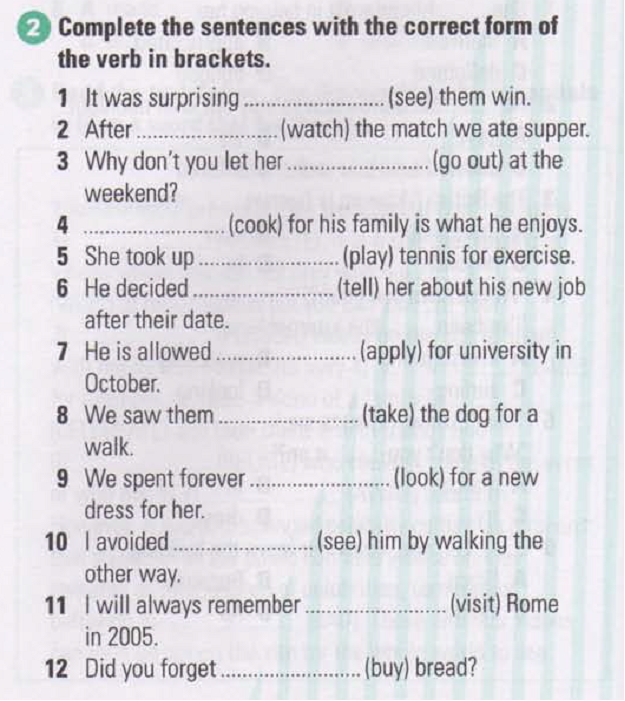 If you are storing winter or summer tires, it is best to store them in a cool, dry location away from sun and other weather elements.
If you are storing winter or summer tires, it is best to store them in a cool, dry location away from sun and other weather elements.
To sum things up, here’s a list of the most frequently asked questions, as well as some brief answers to steer you in the right direction when replacing your tires.
Although this answer does depend on a number of factors including the type of car, your driving style, etc., there is an average estimate for how often you should change your tire. In general, most vehicles travel about 15,000 miles per year, which equates to around 45,000 miles every three years. If you to take into account the tire mileage warranty and amount you drive over the course of a year (over 15k miles), this will give you a good indication of how often you will need to replace your tires.
This is a topic of much debate. However you will find most vehicles, regardless of if they are front wheel drive or all wheel drive, will wear the tires on the front more rapidly than the rear. The front tires are responsible for the steering, acceleration and braking, while the rear wheels typically just follow. Most vehicles also have most of their weight on the front of the vehicle, causing the front tires to handle more load than the back tires.Since the wear and tear on the front and back wheels can be different, the answer to which tires wear faster, is typically the front tires.
The front tires are responsible for the steering, acceleration and braking, while the rear wheels typically just follow. Most vehicles also have most of their weight on the front of the vehicle, causing the front tires to handle more load than the back tires.Since the wear and tear on the front and back wheels can be different, the answer to which tires wear faster, is typically the front tires.
All-wheel drive vehicles must have all four tires replaced at once. You don’t have the option to replace just two at a time.
Because tires wear unevenly front to back, regular rotations will allow you to get longer use out of your set of tires by wearing the tread more evenly. Front tires will wear the outside edges down more quickly, so rotation allows you to always have the most tread on the outside of the tire. Not rotating will result in one set of tires wearing and likely needing to be replaced sooner than the other set.
First things first: check your vehicle’s owner’s manual to see if it has a recommended rotation scheme. Tires should be rotated roughly every six months or every 6,000 to 8,000 miles. A good rule of thumb is to rotate the tires every other time you get an oil change.
Tires should be rotated roughly every six months or every 6,000 to 8,000 miles. A good rule of thumb is to rotate the tires every other time you get an oil change.
Placing a penny head into the grooves of your tire can help you determine if the tire needs to be replaced soon. If you can see the top of Lincoln’s head, your tires are likely shallow and worn. Use this as an indication of when you should have a tire professional examine the situation.
If you are replacing only one pair of the tires on your vehicle, these new tires will have a deeper tread depth. Be sure to install the new tires onto the rear axle for better control when driving on wet and winter roads.
Ideally, you need to replace two tires with matching new ones. However, the most important thing is to install tires with similar performance features. For example, you should never put two high-performance tires with two touring tires.
Generally, it’s smart to replace tires in pairs (both in the front or in the back). Although replacing all four at once is the easiest, if you need to save money, you can do one pair at a time. If you’re wondering “can I replace just one tire?“ the answer is typically no. The difference in tread depth and stance can throw off your vehicle’s performance.
Most tire sellers would likely recommend that you avoid mixing tires from different categories. They can be different brands, as long as the internal construction and size are the same – but pay close attention to the stance of the tires and be sure they are very closely matched
Nope! Just make sure that all of the tires are evenly matched and appropriate for your vehicle and your driving habits.
It’s difficult to give a firm answer to this question. Generally, most tires typically last for three to five years. That’s when roughly 12,000 to 15,000 miles are put on the car annually.
Generally, most tires typically last for three to five years. That’s when roughly 12,000 to 15,000 miles are put on the car annually.
The best things to do to make your tires last as long as possible are:
Once you get your new tires installed, take it easy on the road for a while to break the tires in. New tires may feel different than the tires you replaced, since they are likely performing better than a worn tire, and have the latest technology.
Also, if you changed categories of tires, you might experience a big change in the feel of your drive. For example, switching from an highway to an all-terrain tire might change the roughness and noise of your drive, as well as your fuel consumption.
Deciding when to replace your tires is an important decision, both for the safety of your vehicle and that of others. Use the above guide to steer you in the right direction and help determine exactly when you should make the switch to brand new tires.
Additionally, deciding what to replace is important. You can increase (as well as decrease) the comfort, fuel efficiency, noise, tread wear, or other aspects based on the decisions you make with new tires.
After you properly inflate your tires, the tire light should go through itself. … This may cause the tire pressure sensor to reset the next time you turn on the machine. With the car turned off, turn off the key to "position", but do not start the car.
When the TPMS warning light comes on and stays on, it indicates a low tire pressure condition in one or more tires. … Remember that one or more tires may be low pressure, so you should always check the pressure in all your tires.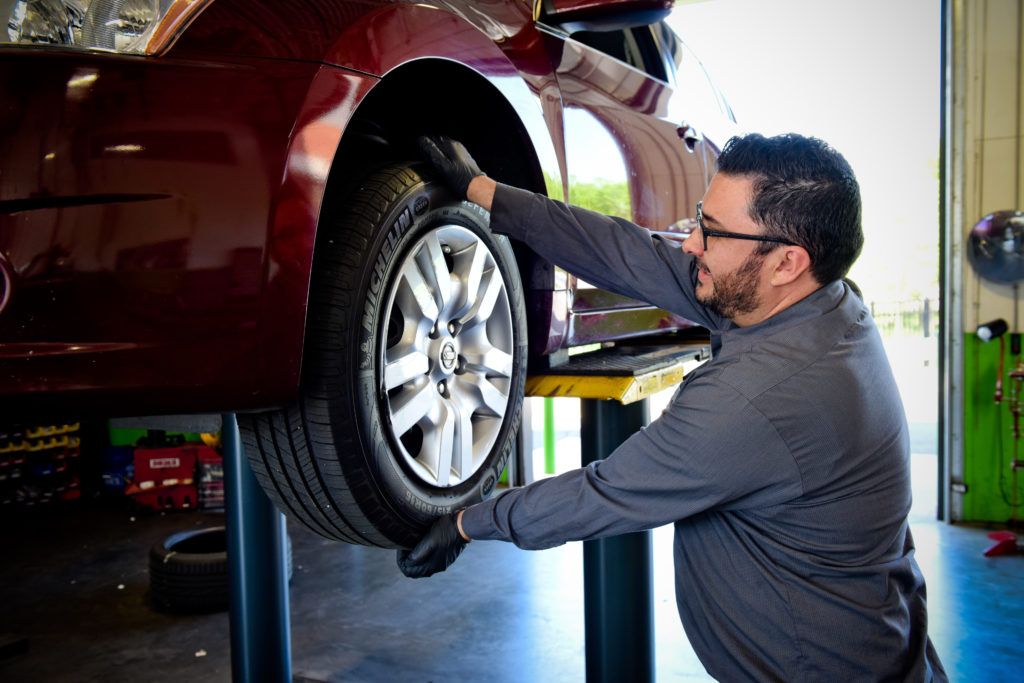
The low tire/TPMS indicator will not turn on due to excessive inflation . TPMS audibly and visually informs you of changes in tire pressure of an individual tire, which you correct using audible and visual readings.
TPMS warning light may appear when air pressure drops to 25% on one or more tires. … If the reading is correct and the TPMS warning light only appears during the colder part of the day, then you will know that the sensor reading is simply affected by temperature and may ignore the warning light.
Press the reset button tpms until the light flashes three times and then release it. Start the machine and let it run for 20 minutes to reset the sensor. You will usually find the tire pressure monitor reset button under the steering wheel. Check your user manual if you have trouble finding it.
It is not safe to drive with the TPMS light . … If the light comes on while eating, slow down and get to the nearest gas or service station to inspect the tire.
How much does it cost to replace a TPMS sensor? In the event that TPMS sensors need to be replaced, the cost can range from to approximately $50-100 each depending on the type of vehicle.
TPMS alerts drivers when a vehicle's tire reaches 25 percent below the recommended pressure. For example, if your tires need to be filled to 32 psi (PSI), the TPMS light will be on when the tire reaches 24 psi . Tire pressure is important for safe driving.
Direct TPMS uses a sensor mounted in the wheel to measure the air pressure in each tire. … If the tire pressure is low, it will roll at a different wheel speed than the other tires.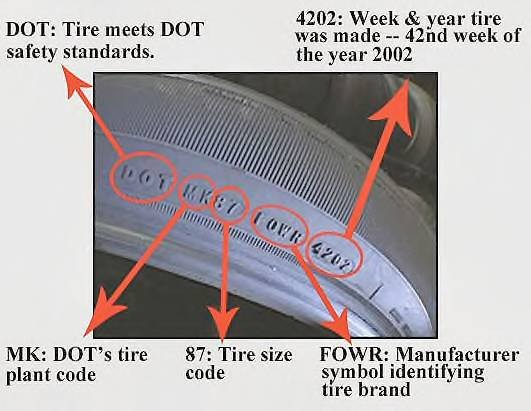 This information is detected by your car's computer system, which triggers a dashboard light.
This information is detected by your car's computer system, which triggers a dashboard light.
Should I reset TPMS after changing tires? You should always reset your TPMS after changing or rotating tires or install new sensors. Some sensor manufacturers recommend resetting it even after adding air to the tires.
Place the key in the ignition and turn it to the "on" position, but do not start the car. Press and hold the reset button (sometimes located under the steering wheel) until the low pressure light flashes three times. Release the button.
TPMS problems may include any of the following: TPMS sensor has stopped functioning because the battery has died . A TPMS sensor that works intermittently due to a weak or failed battery. The TPMS module is not receiving a signal from one or more sensors due to an antenna or wiring fault.
Whether you're just working or in the market for new tools, Autozone has a variety of inventories of the best tire pressure monitoring system tools for cars and trucks on the market.
During tire removal, the TPMS sensors installed in the rim can get caught on the side wall of the tire . This often causes damage to the sensor body or valve stem. The following best practices are specifically for "processing" and valve-mounted sensors.
.
TPMS sensors usually need to be replaced for one of the following reasons:
Maintenance kit costs $5-$10 for a wheel on most vehicles.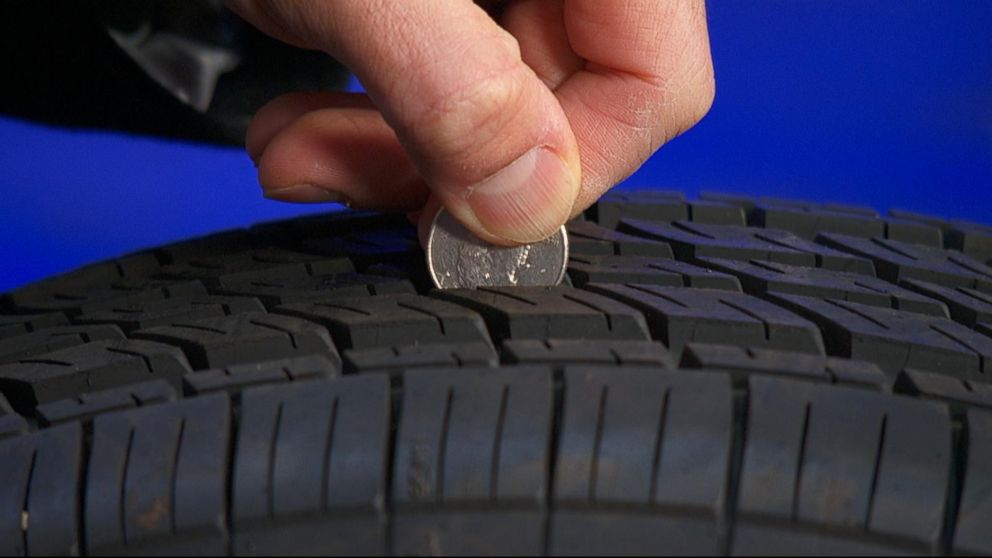 A dedicated TPMS tool and additional time is also needed to test and reset the sensor system. While pressure sensors need to be replaced, the cost varies from $50 to $250 each depending on the type of vehicle.
A dedicated TPMS tool and additional time is also needed to test and reset the sensor system. While pressure sensors need to be replaced, the cost varies from $50 to $250 each depending on the type of vehicle.
TPMS is not affected by wheel and tire rotation . Drive your car at 20 miles per hour for at least two minutes. If the vehicle has been stationary for more than 30 minutes, the sensor will enter "sleep mode" and stop transmitting. A TPMS activation procedure may be required.
If your tire pressure is below this amount, you will need to fill your tires with air. For example, a sticker on a Jamb door might say the recommended level is 32 psi for psi. When you check your tire, you will find that it is 29 psi. You need to pressurize your tires to specification.
Yes, you can . If you are in Canada, there is no TPMS (Tire Pressure Monitoring System) law, so there is no problem without it. It is prohibited in the USA. Due to this, you will have light in your trait if you don't have a sensor, but no other problem.
It is prohibited in the USA. Due to this, you will have light in your trait if you don't have a sensor, but no other problem.
If you are replacing all four tires soon, then I suggest replacing all 4 TPMS sensors at the same time. If one of them is dead and they were all installed at the same time, then the remaining sensors will be low on batteries and die soon.
Why are these small sensors so expensive and difficult? Part of the reason is that TPM system requirements are very specific to , however the law is silent on what automakers can use the technology to achieve acceptable results. … Automakers can also charge whatever they can get away with for them.
Refers to the part of a wheel brake that slows the rotation of the wheels/tires to slow or stop the vehicle. Friction is applied through the pads by means of a caliper to reduce rotational speed. This element is a round disc that is usually placed between the wheel and the hub and can be found on most modern cars.
Friction is applied through the pads by means of a caliper to reduce rotational speed. This element is a round disc that is usually placed between the wheel and the hub and can be found on most modern cars.
Do I have to surface or replace the rotors every time I change the brake pads?
I have heard that it is good practice to replace or renew your brake discs every time you change brake pads. Does this need to be done every time or is it overkill? Maybe it's just something easy to do, might as well replace while you're there, like stuff?
72 brakes replace brake rotor
When do you really need to replace the brake discs?
I need to replace the rear brake pads. The mechanic suggested that I also replace my rotors because they were rusty around the edges.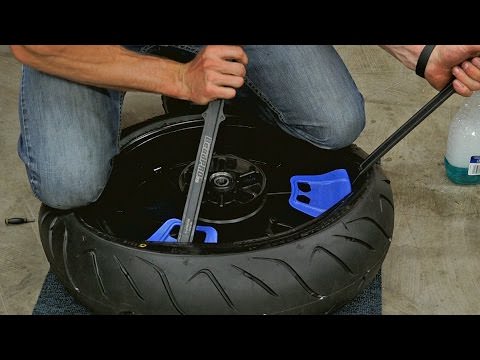 The rotors are actually quite rusty, however there is no rust on the very surface that touches the pads. By running your fingers over the surface of the rotors, it seems that no accumulation of brake pads has formed, and the surface is relatively ...
The rotors are actually quite rusty, however there is no rust on the very surface that touches the pads. By running your fingers over the surface of the rotors, it seems that no accumulation of brake pads has formed, and the surface is relatively ...
33 brakes rust brake rotor
What causes this terrible grinding/groaning when I stop sometimes? (but not always!)
Update 9/9/2013 After a long drive the noise came back. I took it back to the mechanic and we figured it was the brake pads. They are quite worn, and as I said, they are unevenly worn. Since the problem is intermittent, it is possible that the pads sometimes move at an awkward angle with the rotor, resulting in sharpening noise …
22 civic noise brake-rotor vibration intermittent problems
What causes brake pulsation immediately after rotor and pad replacement?
I have a 2002 Infiniti Q45. I replaced the front rotors and pads on Sunday. This was the first time I've done this on a car, although I've done it countless times on different bikes. I carefully applied the correct torque to all fittings and checked that everything was clear before installing ...
I replaced the front rotors and pads on Sunday. This was the first time I've done this on a car, although I've done it countless times on different bikes. I carefully applied the correct torque to all fittings and checked that everything was clear before installing ...
19 brakes brake rotor
How can I remove a blocked brake disc?
I am changing the rear brake discs and pads on my Ford Focus C-MAX. I did one side which was pretty easy, but the other side I can't get the disc off. As far as I understand, nothing is holding it back, but it won't budge. I can't pull it too hard because...
17 brake rotor
My car squeals when braking even though I have front and rear rotors and all new brake pads machined. What could it be?
What could it be?
I have a Toyota Soarer SC300 (1994), 2JZ engine without turbo, 3 liters. The engine is probably irrelevant, but provided for posterity. Whatever the case, the front rotors have been machined and are within acceptable limits and my rear rotors have been replaced as well as 4 sets of new Bendix brake pads. …
16 toyota brakes brake rotor
brake discs - empty, slotted or drilled?
There is a lot of conflicting information about whether rotary or drilling rotors work better than empty rotors. What type of rotor should I get for a street car that will drive occasionally?
16 brakes brake rotor
Do I need to replace my rotors?
I just bought my used 2015 Nissan Altima 3 months ago with 33k miles. My lack of knowledge about cars may overtake me as I now realize how exactly rusty my rotors are, mostly all orange. All 4 look about the same. I ride it for about 10 minutes 4-5 times …
My lack of knowledge about cars may overtake me as I now realize how exactly rusty my rotors are, mostly all orange. All 4 look about the same. I ride it for about 10 minutes 4-5 times …
15 Nissan brake-rotor rust
What can cause the rotors to skew?
I have a front rotor on a 2004 Chrysler Sebring that causes a lot of pulsation when braking. I replaced the rotor, but about a month later the problem reappeared. The folks at Monroe have noticed that my ball joints on the lower control arms are bad - they have a bit of wiggle which they say keeps them from...
14 brakes brake rotor
Should rotors with rust on the rims but not on the edges be replaced with the pads?
I have an Audi A4 with about 35 km. My dealership recommended that I replace both the brake pads and rotors and helpfully passed me a photo of the rotors indicating rust around the edges. As far as I understand, after doing a little research, the rust itself is nothing to worry about, and the surface area is …
My dealership recommended that I replace both the brake pads and rotors and helpfully passed me a photo of the rotors indicating rust around the edges. As far as I understand, after doing a little research, the rust itself is nothing to worry about, and the surface area is …
10 brake-rotor rust audi a4
What are the visual signs that the brake discs need to be replaced?
Let's say you remove the wheel (for example, when changing pads) and look at the brake disc. What are the signs that it's time to replace the drive? Let's stick to clear visual cues that don't need any extra special equipment or driving and listening/feeling like a little skew. A few examples that come up...
9 brakes brake-rotor replace
Replace front brake pads and rotors?
I went to my Honda dealership for a B-1 service and he came back saying I needed to replace both front brake pads and rotors.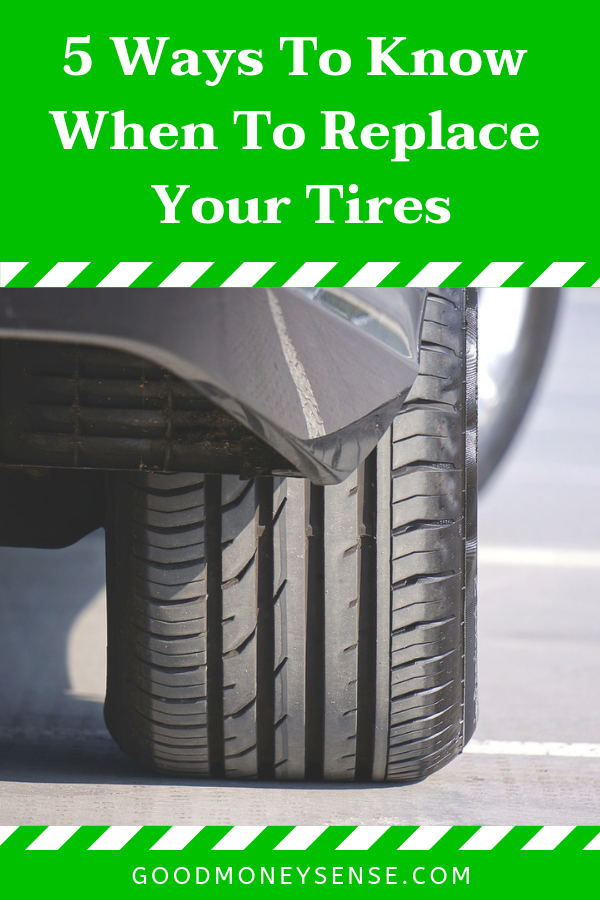 The quote for this is $531. I'm wondering if I should go ahead and do this or someone else will take a look at it. Any thoughts?
The quote for this is $531. I'm wondering if I should go ahead and do this or someone else will take a look at it. Any thoughts?
9 honda brakes civic brake rotor
Warped disc rotors again?
When I took my Honda Accord 02 for its last service (non-Honda), I had a very bad vibration in the steering wheel when braking, which was obviously brake related. The store told me that the front rotors were warped and when they checked their records they saw that those rotors were previously...
8 honda brake-rotor vibration
Standard vs. carbon ceramic brake discs - what are you paying for?
carbon ceramic brake discs - what are you paying for?
I recently watched a review of a car on YouTube. I know that carbon-ceramic brakes are often a huge add-on for cars, and they're usually also physically huge (as far as I can tell). What is the difference between standard and carbon ceramic brakes?
8 brakes brake rotor
What brand of bolts should be used for a motorcycle brake system?
I am installing the front of a motorcycle from used parts and some of the mounting bolts were not included. The same bolt is used both to attach the calipers to the forks and to attach the brake discs to the wheel hub. I found the size and part number (M8 x 30mm) used on...
8 brake-rotor brake calipers bolts
By using our site, you acknowledge that you have read and understood our Cookie Policy and Privacy Policy.